Daily Guide for the Use and Maintenance of Stainless Steel Flanges
Maintaining stainless steel flanges properly is essential to ensure long-term stability, prevent leakage, and extend service life. With regular inspection, cleaning, and correct installation, stainless steel flanges can operate safely even in harsh industrial environments.
1. Regular Inspection of Stainless Steel Flanges
Routine inspection helps detect potential problems early. Check the surface condition, weld quality, and bolt tightness.If you notice leakage, loose bolts, cracks, or rust, take immediate action to prevent further damage.Inspect sealing gaskets regularly as well, since even a small defect can compromise system performance.
2. Cleaning and Maintenance
Keeping stainless steel flanges clean prevents corrosion and buildup.Use neutral detergents or mild solvents like alcohol to remove dirt, oil, and oxidation. Avoid strong acids or alkalis that may damage the metal surface.For gas service parts, gasoline can be used as a cleaning solvent; other components can be rinsed with clean or medium water.After cleaning, let the solvent fully evaporate before reassembly to maintain the integrity of the sealing surfaces.
3. Proper Storage and Preservation
Store stainless steel flanges in a dry, well-ventilated area, away from humidity and corrosive substances.Avoid outdoor storage or stacking too high, which can lead to deformation or surface damage.For long-term storage, apply anti-rust oil or use dehumidifiers to prevent corrosion.If flanges are stored for over 12 months, re-inspect them before installation to ensure stable performance.
4. Correct Installation and Disassembly
During installation, make sure the flange faces are parallel and properly aligned with the pipeline. Misalignment can cause uneven stress and leakage.Tighten bolts gradually in a diagonal sequence to distribute pressure evenly.When disassembling, handle the flanges carefully to avoid scratching the sealing surfaces. Replace any worn or damaged gaskets immediately to ensure continued sealing efficiency.
5. Handling Special Working Conditions
In high temperature, high pressure, or corrosive environments, stainless steel flanges should be protected with anti-corrosion coatings or electroplating treatments.Select the right protective method based on the operating medium and working conditions to improve resistance to corrosion and oxidation.If slight leakage occurs during operation, tighten the stem nut slightly—but do not over-tighten to prevent thread damage or deformation.
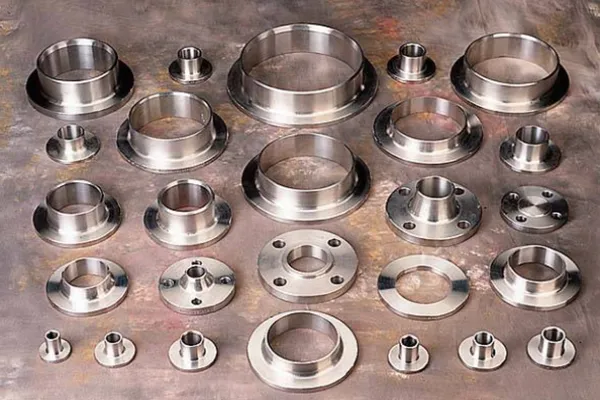
Characteristics and Advantages of Stainless Steel Flanges
Stainless steel flanges serve as critical connectors in piping systems. They are usually joined using bolts and gaskets, ensuring strong, leak-proof connections.
These components allow easy assembly and disassembly, making pipe maintenance and replacement more efficient.
Main advantages include:
Excellent corrosion and oxidation resistance
High pressure-bearing capacity
Convenient installation and replacement
Compatibility with various pipe types and materials
Stainless steel flanges come in several types, such as:
Threaded flanges
Slip-on (plate welding) flanges
Socket welding flanges
Weld neck flanges
Blind flanges (flange covers)
Lap joint flanges
Swivel and anchor flanges
Their versatility makes them indispensable in industrial systems, including oil and gas pipelines, chemical plants, and boiler rooms.






 English
English Español
Español بالعربية
بالعربية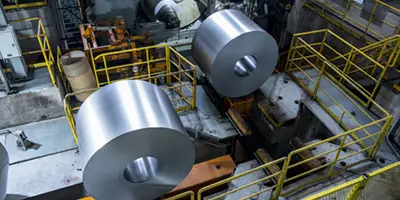

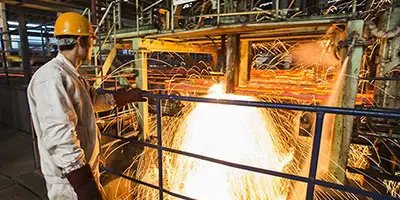
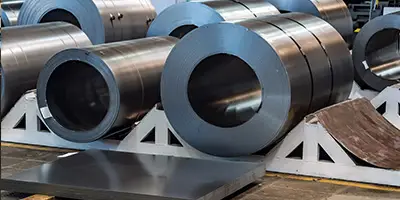

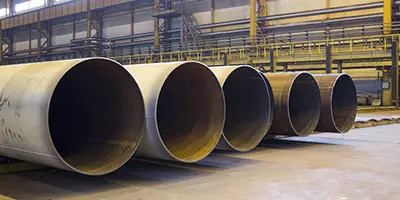

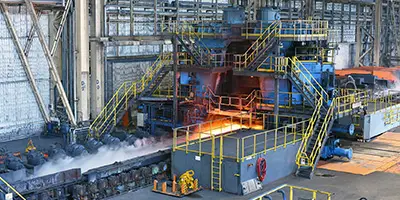
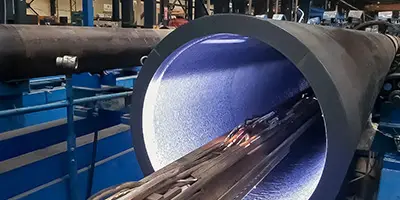
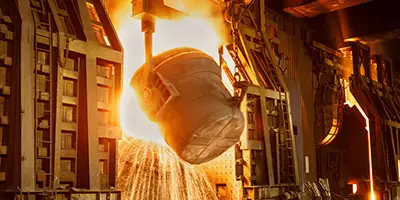


 Phone :
Phone :  Whatsapp :
Whatsapp :  Email :
Email : 


